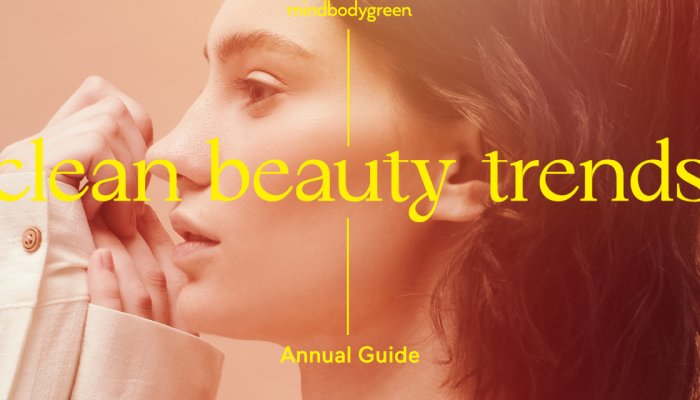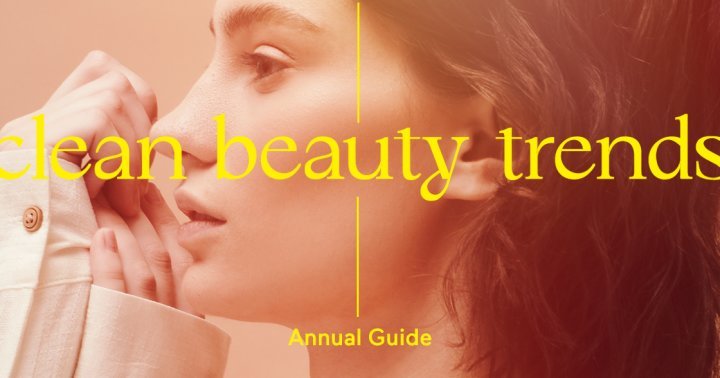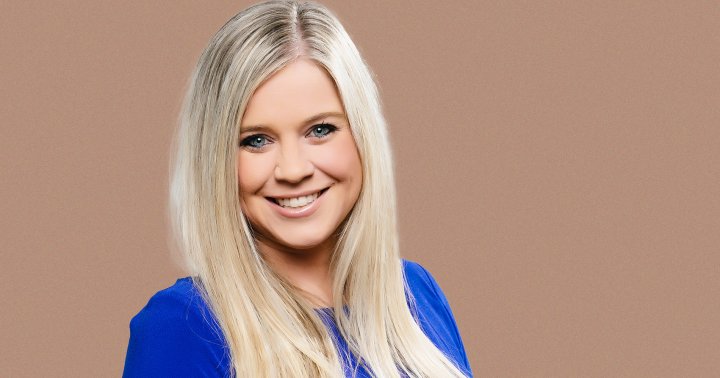Just In: The 5 Clean Beauty Trends That Are Dominating Right Now

In the last decade, a few shifts have fundamentally changed the beauty industry for good. The first is that the market simply exploded with brands big and small, indie to mass, drug and department store to direct-to-consumer, and playful to prestige. There is a massive variety of products for consumers to choose from—and because of that, users are allowed to be more discerning with their selection. No longer do people need to settle for whatever they can find at the store nearest them.
Another important shift is that beauty fans are so much more educated, thanks to the ease of social media, the accessibility of top experts, and the instant Google-ability of research and studies. People are better informing themselves before they make choices about what they put on and in their bodies. And because of this, consumers have become much more vocal about wanting to see ingredients, results, and info to back up any claims made by the brand.
In a recent market report published by Spate, they noted that “consumers continue to show interest in understanding what ingredients will get them the results they want. While searchers for typical anti-aging claims have decreased, searchers for ingredients that fulfill those claims are on the rise.” In fact, searchers for common skin care ingredients—such as hyaluronic acid, lactic acid, retinol, and so on—are up 44%, they note.
This shift is most evident in the products we see on the market. Ingredients once deemed too “science-y” for the average beauty fan are now commonplace in marketing. Serums that might once be called “Clarifying Elixir”, “Silky Serum” and “Cushion Face Creams” are now simply named after the active that is doing the brightening, hydrating, clarifying, and so on. Exfoliators now highlight what AHA or BHA is doing the work—along with the exact percentage of concentration.
More and more brands are telling users exactly what’s in their formulas, why it’s there, and what they can expect from it. Something that would be unheard of a decade or two ago.
“It used to be that a brand could make a vitamin C serum and only put a drop of vitamin C in it because no one was holding them accountable,” says cosmetic chemist Krupa Koestline. “Now when you go on social media, consumers are asking questions about what type of vitamin C is it? At what percentage is it formulated? What is the preservative system to ensure that it remains stable? That never used to happen.”
And as we see consumers hungry for transparent and effective products, companies are taking note. One such example is Codex Beauty Lab, a company that rebranded last year amidst the pandemic. And in their rebrand, they moved away from marketing themselves as a natural and clean company—and more about skin health in general.
“We are, at our core, are a biotech company. But when I first started we were told that it wouldn’t work—we were told that consumers weren’t going to get it and understand what we were doing,” says scientist and brand founder Barbara Paldus, Ph.D. “But this last year, I decided I wanted to go back to what we always were—we’re not a beauty company. We couldn’t care less about beauty, because you can’t measure beauty. But you can measure health and skin health—so that’s what we care about. We are proud to be a scientific company.”
So in her rebrand, she decided to lay it all out there: On their packaging they now include what they call “efficacy panels” which show how that exact formula worked in clinical trials. “The food industry has educated the consumer in a way that they can glance at a nutrition panel, and understand what they are getting out of the food. The consumer is empowered and understands what they are putting in their bodies, even if they don’t know they are,” she says. “And no, the consumer doesn’t need to be experts on ingredient lists—or know what 40 scientific names are. But they should be informed about product performance and safety testing.”
We’re seeing this in the beauty supplement space, too. “As a Ph.D. scientist and R.D. who specializes in nutritional product development, I have some pet peeves when it comes to beauty supplements. First is fairy dusting. This is when products intentionally include less-than-efficacious doses of beauty-relevant ingredients just so they get some ‘air-time’ on the product label,” says Ashley Jordan Ferira, Ph.D., R.D.N., director of scientific affairs at mindbodygreen. “When I approach a premium product formula for a beauty supplement, it’s about ingredients rooted in clinical science included at effective doses that support a targeted area of wellness in an impactful, clean, and plant-centric way.”*
Take mindbodygreen’s cellular beauty+; it features four science-backed cosmeceutical ingredients: Astaxanthin, phytoceramides, ubiquinol CoQ10, and whole fruit pomegranate extract.* These edited, high-quality ingredients have strong clinical data to pack their efficacy—and this formula uses them in doses that are clinically shown to enhance skin elasticity, smooth wrinkles, and support the barrier.* For example, Ceramosides® (the specific brand in this supplement) have been clinically shown to reduce wrinkles after only 15 days, with even greater benefits after 8 weeks.* Pomegranate extract has been clinically shown to enhance antioxidant responses & skin photoprotection from UV damage after 1 to 4 weeks.* Astaxanthin has been clinically shown to reduce fine lines and age spots after 6 to 16 weeks.* CoQ10 has been clinically shown to improve skin elasticity and smoothness, and reduce wrinkles and fine lines after 12 weeks.* Those are all pretty impressive data points.
However, as Koestline notes—it’s important that brands and formulators be mindful of this trend’s potential shortcomings. For example, there is a movement in the market right now that rewards products with a higher percentage of actives in the formulas—regardless if this is better or worse for the consumer. You’ve likely seen this in serums or treatments that label themselves as having a certain percentage of actives such as vitamin C, AHAs, or niacinamide. This is preying on the fact consumers often equate higher potency with results efficacy, when that’s not actually how smart and responsible product formulation works.
As Koestline says, these percentages can even border on ranges that could hurt or sensitize the skin. “While transparency is always a good thing—this trend does rely on the consumer knowing how to use these products responsibly,” she says. “Because the higher the percentage of active ingredients isn’t always good for your skin.”
She notes that the brands are capitalizing on the consumers inherent want for effective, potent products without considering potential repercussions or problematic user behavior. “I’ve heard horror stories of people using potent AHA treatments or vitamin C serums because the consumer didn’t know how to use them appropriately and went overboard,” she says. “It takes the responsibility away from the brand and puts it on the consumer to be informed.”
Ultimately, though, we believe that this change is a good thing: Being honest and upfront about products, efficacy, and research can only be viewed as a step in the right direction for consumer’s purchasing power. People have a right to know what they are putting on their bodies—and if it will do what it says once it’s applied.
—Alexandra Engler
This article was originally published by mindbodygreen.com. Read the original article here.



